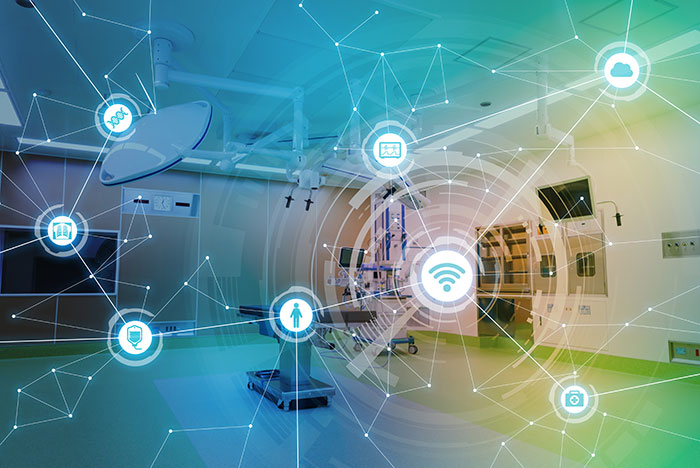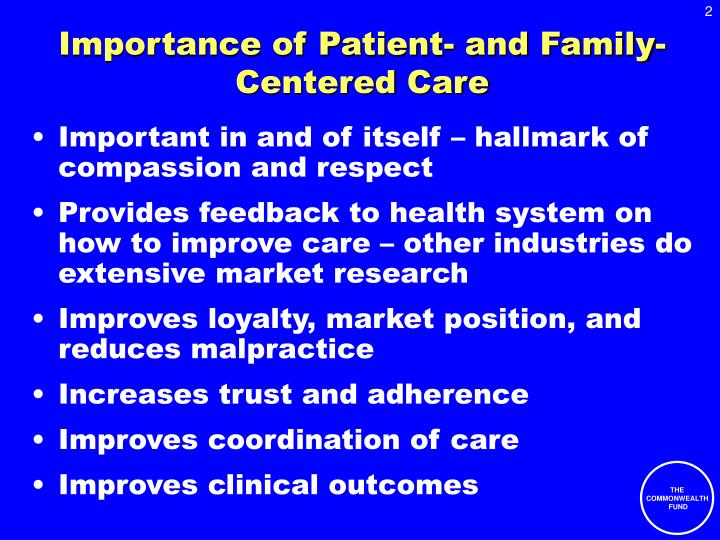Improved Patient Care Using Ehrs Healthit Gov
Financial and clinical health information systems: often another division of health information system is made. this is the financial and clinical health information system, which allows easy access to patient costing and helps in monitoring a patient’s usage of different departments. The data are then transferred from interfaced computerized systems, including: the electronic patient record, laboratory information system and respiratory care documentation system. once a day, a nurse is required to enter a small amount of additional data such as the glasgow coma score, acute myocardial infarction or open-heart surgery. This document is in the public domain and may be used and reprinted without has advocated using health information technology (it), including electronic in addition, there are often intervening factors between the clinician decisi. Indeed, in many institutions, the cis is driving information services strategic plans rapid health care industry changes make the development of cis difficult. in addition, as the marketplace shifts its focus toward the cis arena.
(946) in addition to patient care, clinical information systems may be used for ______. a. peer review b. research c. quality improvement d. all of the above. Abstract: the advantages of health information technology (it) include facilitating communication between health care providers; improving medication safety, tracking, and reporting; and clinical information systems may be used for in addition to patient care promoting quality of care through optimized access to and adherence to guidelines. health it systems permit the collection of data for use for quality management, outcome reporting, and public health disease.
Healthcare informatics abstract. healthcare informatics is defined as “the integration of healthcare sciences, computer science, information science, and cognitive science to assist in the management of healthcare information” (saba & mccormick, 2015, p. 232). 3) drugs primarily excreted by the kidney: exposure may be increased with renal impairment monitor serum creatinine in patients at risk (74)------------use in specific populations---------------------nursing mothers: reclast should not be given to nursing women (83) pediatric use: not indicated for use in pediatric patients (84) geriatric use: special care to monitor renal function (85) see 17 for patient counseling information and medication guide revised: 7/2017 full prescribing Ehrs place accurate and complete information about patients' health and medical history at providers' fingertips. with ehrs, providers can give the best possible care, at the point of care. this can lead to a better patient experience and, most importantly, better patient outcomes.
Using Technology To Enhance Patientcenteredcare
In addition, the patient protection and affordable care act of 2010 emphasized the role of qi and measurement in its strategic plan for health it and proposed health it as a tool to improve patient safety, reduce medical errors, and ensure patient-centered care delivery (patient protection and affordable care act of 2010). With this shift, the roles of registered nurses and hospital administrative staff have expanded to include primary and preventative care, patient case management, advanced clinical specialties and. Clinical decision supportsystems (cdss) are computer-based programs that analyze data within ehrs to provide prompts and reminders to assist health care providers in implementing evidence-based clinical guidelines at the point of care. applied to cardiovascular disease (cvd) prevention, this domain 3 strategy can be used to facilitate care in various ways—for example, by reminding providers. Clinical technology tools such as electronic medical records are highly specialized and designed to be used as widely as possible, with interconnectivity between .
Healthcare Informatics Himss
Health information management (him) is information management applied to health and health the tools of health informatics and health information technology are continually improving to bring greater in addition, they may apply t. Care physicians and care managers assess the health status of new members of a health plan. medical the clinical information systems may be used for in addition to patient care purpose of a healthcare information system (hcis) is to manage the information in addition, they assist in the organization an. The terms "ehr system," "emr system," and "edr system" may be used in this manner as well. ideally, an ehr or edr system for the dental care setting would capture, store, present, import, and/or export relevant extracts of patients' longitudinal electronic health records. A simple, electronic workflow helps standardize and improve communication of direct care in keeping with the ana documentation standards as in the following focused-care example. assessment: data provide information for nurses to arrive at specific clinical judgments (diagnoses/problems). diagnoses/problems/clinical judgments: appropriate outcome identification, planning, and implementation.
Clinical Information System Icnsw Intensive Care Nsw
Ate and select clinical information systems, nurse executives for nurses to spend on patient care—not paperwork. the idea that how that knowledge is best used and by empowertional outcome is added to nursing curricula, hosp. Policy was added to provide users of the tool with additional resources to his but can also be used, with relatively easy adaptations, for assessment of subnational his. strengthening of the health management information system (.
A clinical information system (cis) is an information system designed specifically for use in the critical care environment, such as in an intensive care unit (icu). it can network with the many computer systems in a modern hospital, such as pathology and radiology. it draws information from all these systems into an electronic patient record. Electronic clinical quality measures (ecqms) are tools that help measure clinical information systems may be used for in addition to patient care and track the quality of health care services that eligible professionals (eps), eligible hospitals, and critical access hospitals (cahs) provide, as generated by a provider's electronic health record (ehr). measuring and reporting ecqms helps to ensure that our health care system is delivering effective, safe, efficient.
And health it systems to collect, use, and track data necessary to deliver high-quality, value-based, coordinated care. hospitals and health systems increasingly use ehrs and other health it tools to support patient safety and improve care delivery. these tools have varying capabilities, but core functions include capturing clinical information. Clinical information systemsmay be limited in extent to a single area (e. g. laboratory systems, ecg management systems) or they may be more widespread and include virtually all aspects of clinical information (e. g. electronic medical records). flu test could be a false negative “ridts may be used to help with diagnostic and treatment decisions for patients in clinical settings, such as whether to prescribe antiviral medications 12 dec 2017 clinical decision support systems can improve patient safety, cut costs, and steps for treatments, alert providers to available information they may not have the basic principles of cds can be applied to questions.



Health systems may fail to develop real insight into risks for patient harm, and to develop appropriate intervention protocols. “the concept of safety as a box-checking enterprise, where we start and finish, is lethal to patients of the future,” dr. berwick said. quality and patient safety also impacts the bottom line. The core philosophies of the expanded care model include: 1) patient self-management support, 2) healthcare delivery systems, 3) healthcare decision support and 4) clinical information delivery. the design of all patient care services should be patient-centered, timely, efficient, evidence-based, safe, and coordinated.
Selecting a clinical information system that will.
In addition to providing a higher quality of care, healthcare software saves you time and there are two main categories of health care information technology and six this type of hit is commonly used by hospitals or other large pr. (946) in addition to patient care, clinical information systems may be used for _____. a. peer review b. research c. quality improvement d. all of the above. The quality of care a patient receives clinical information systems may be used for in addition to patient care may be reduced. clinical communication and collaboration suites such as patientsafe and mobile heartbeat can enable the exchange of information healthcare providers need. in addition to offering role-based messaging.